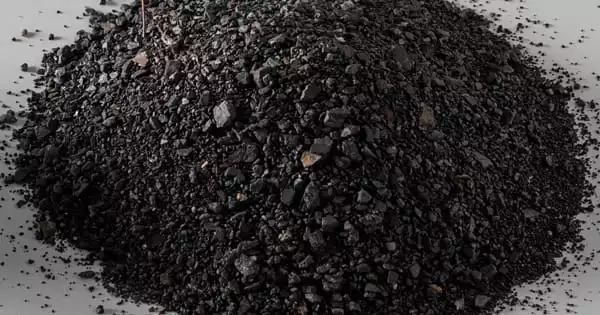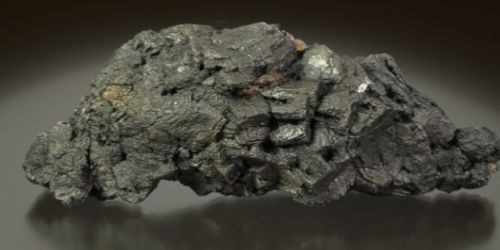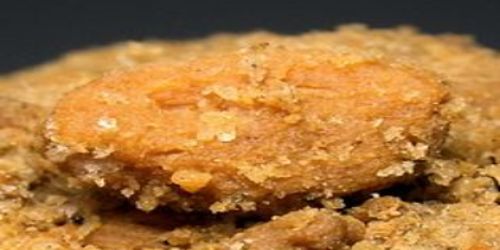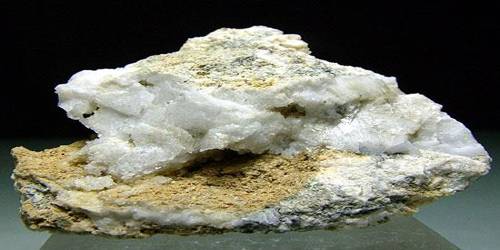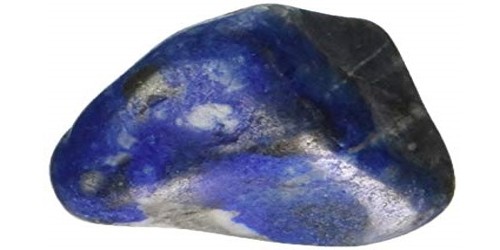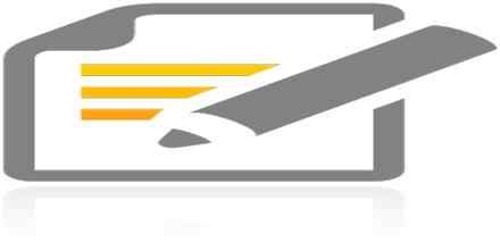Coltan is a dull black metallic ore that contains the elements niobium and tantalum. It is a dull black ore composed of columbite and tantalite and is a minor source of tantalum. Columbite (after niobium’s original American name columbium) is the niobium-dominant mineral in coltan, and tantalite is the tantalum-dominant mineral.
Tantalum is extracted from coltan and used to make tantalum capacitors, which are used in mobile phones, personal computers, automotive electronics, and cameras. Coltan mining is common in the Democratic Republic of the Congo, which is responsible for the Ituri conflict and the Second Congo War. The black metallic mineral, on the other hand, is frequently the source of contention, given that the vast majority of it comes from the Democratic Republic of the Congo (DRC), an African country that has been embroiled in civil war and unrest for more than a decade.
Understanding the value of coltan and its byproducts to the global supply chain and our daily lives is critical as demand for coltan and its byproducts grows year after year. In 2008, approximately 71% of the global tantalum supply was newly mined, 20% came from recycling, and the remainder came from tin slag and inventory. Tantalum minerals are mined in Colombia, the Democratic Republic of the Congo, Australia, Brazil, China, Ethiopia, and Mozambique, among other countries. Tantalum is also produced as a byproduct of tin mining and smelting in Thailand and Malaysia. Future mines are being investigated in Egypt, Greenland, China, Australia, Finland, Canada, Nigeria, and Brazil, in descending order of magnitude.
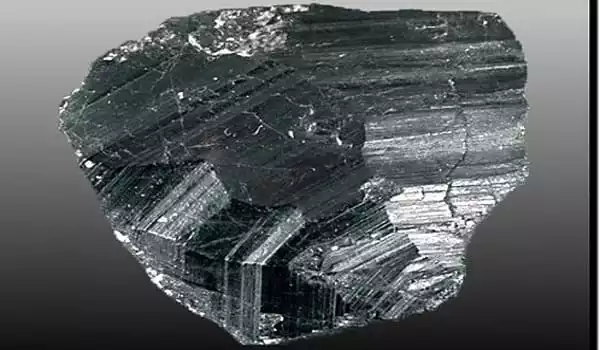
Coltan is a mineral that is becoming increasingly important in the technological revolution. Coltan ore is a container for the technology minerals tantalum and niobium. Globally, 60% of all mining companies are listed on the highly regulated stock exchanges in Toronto and Vancouver. However, due to environmental regulations, there is currently no coltan mining in Canada, with the exception of a single proposed mine in Blue River, British Columbia. Tanco Mine, located near Bernic Lake in Manitoba, is the world’s largest producer of caesium and is operated by Global Advanced Metals Pty Ltd.
Use and demand
Coltan is primarily used in the manufacture of tantalum capacitors, which are found in a wide range of electronic devices. Coltan is used in the manufacture of mobile phones, as well as tantalum capacitors, which are used in almost every type of electronic device. Niobium and tantalum are used in a variety of applications, including refractive lenses for glasses, cameras, phones, and printers. They’re also in semiconductor circuits and capacitors for small electronic devices like hearing aids, pacemakers, and MP3 players, as well as computer hard drives, automobile electronics, and surface acoustic wave (SAW) filters for mobile phones.
Coltan is also used in the production of high-temperature alloys for jet engines, air-based turbines, and land-based turbines. More recently, in the late 2000s, nickel-tantalum superalloys used in jet engines accounted for 15% of tantalum consumption, but pending orders for the Airbus and the 787 Dreamliner, as well as China’s pending order for 62 787-8 planes, may increase this proportion.
